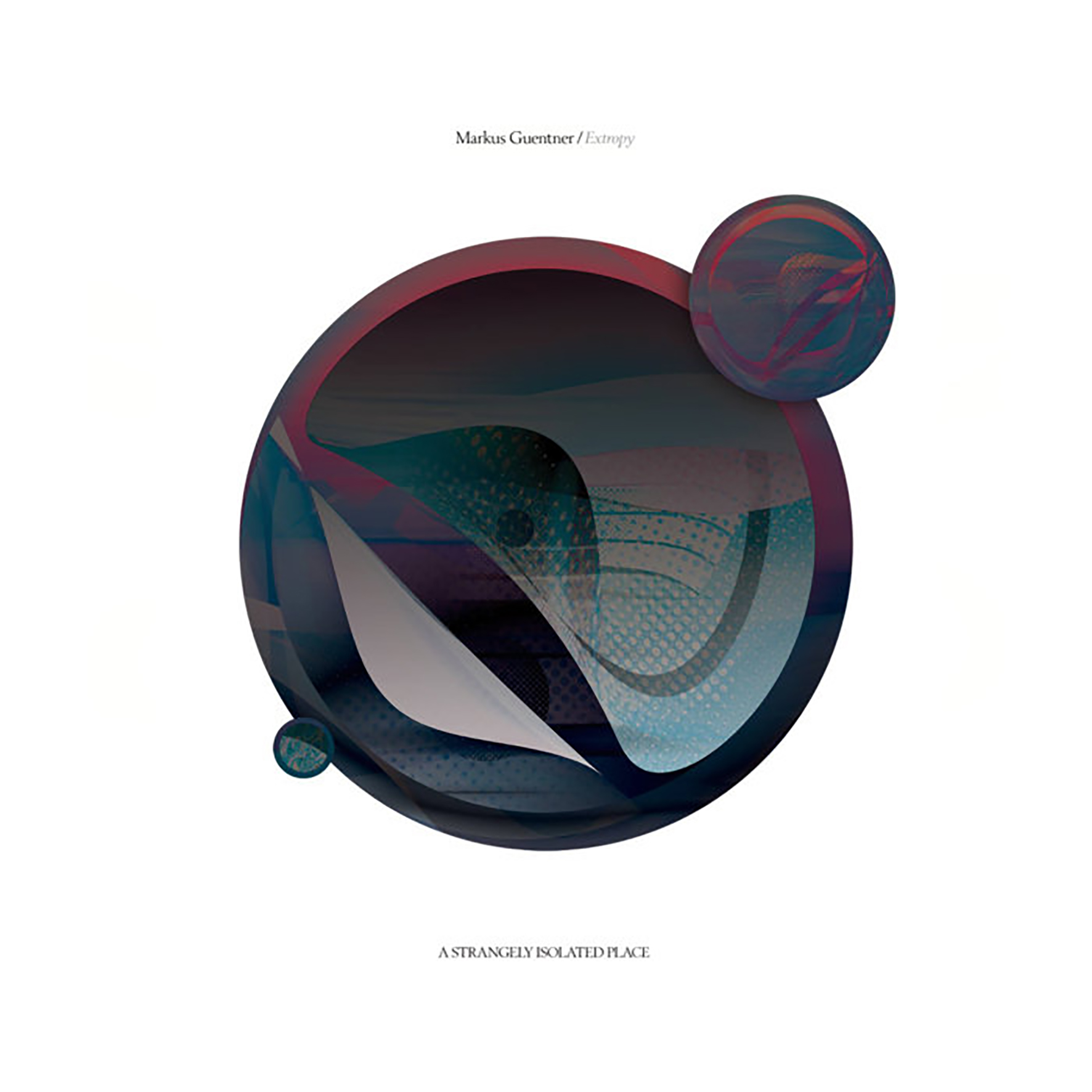 It has admittedly been a while since I have actively followed this German composer's work, but his 2001 debut album (In Moll) spent quite some time in heavy rotation for me during the early 2000s dub- and ambient-techno boom. In more recent years, Guentner has jettisoned the "techno" part of his previous aesthetic and devoted himself to an acclaimed run of space-inspired ambient opuses on LA's A Strangely Isolated Place. Accordingly to Guentner, Extropy "marks the final chapter in an accidental triptych of astronomy-related exploratory albums" that began with 2015's Theia.  While the previous two epics in the series drew conceptual inspiration from the birth of the moon and the earth's relation to the largely unknown and possibly infinite universe, this latest release focuses on "the indefinite growth of the life we hold so dearly." More specifically, Guentner was fascinated by "a pseudoscientific prediction that human intelligence and technology will enable life to expand in an orderly way throughout the entire universe." While I personally expect nothing but entropy instead and note that this album has more of an elegiac feel than an optimistic one, there is no denying that Guenter knows how to make an absorbing and beautifully crafted album. In fact, he may be a bit too good at it, as Extropy would be a bit more memorable if he allowed more sharp edges and eccentricities to creep into his art. That said, this album still seems like it would be one hell of a challenge to top as far as billowing ambient cloudscapes are concerned.
It has admittedly been a while since I have actively followed this German composer's work, but his 2001 debut album (In Moll) spent quite some time in heavy rotation for me during the early 2000s dub- and ambient-techno boom. In more recent years, Guentner has jettisoned the "techno" part of his previous aesthetic and devoted himself to an acclaimed run of space-inspired ambient opuses on LA's A Strangely Isolated Place. Accordingly to Guentner, Extropy "marks the final chapter in an accidental triptych of astronomy-related exploratory albums" that began with 2015's Theia.  While the previous two epics in the series drew conceptual inspiration from the birth of the moon and the earth's relation to the largely unknown and possibly infinite universe, this latest release focuses on "the indefinite growth of the life we hold so dearly." More specifically, Guentner was fascinated by "a pseudoscientific prediction that human intelligence and technology will enable life to expand in an orderly way throughout the entire universe." While I personally expect nothing but entropy instead and note that this album has more of an elegiac feel than an optimistic one, there is no denying that Guenter knows how to make an absorbing and beautifully crafted album. In fact, he may be a bit too good at it, as Extropy would be a bit more memorable if he allowed more sharp edges and eccentricities to creep into his art. That said, this album still seems like it would be one hell of a challenge to top as far as billowing ambient cloudscapes are concerned.
A Strangely Isolated Place
According to Extropy's description, Guentner views the album as something of a return to "what some may call his early, classic sound." I am not sure how much I agree, as I would describe much of the album as classic/textbook ambient (if unusually well-executed), as most pieces are a feast of frayed, blurred, grainy and billowing synth drones. However, the closing "Here" does break from the pack with a subtle nod to Guentner's techno past, as deep bass tones gradually creep in to provide a sense of structure and forward motion. To my ears, it calls to mind a ghostly abstraction of one of Seefeel's more dubby and vaporous cuts. That is always welcome territory, but I also loved the unexpectedly sharp feedback-like tone that repeatedly burns through the bleary haze of soft-focus droneage.
While easily one of my favorite pieces on the album, "Here" is also significant for helpfully illustrating everything there is to know about Extropy: as far as ambient music is concerned, Markus Guentner is a consummate professional with exacting standards, so the album's baseline level of quality is quite high. However, "skillfully executed" is not the same thing as "memorable," so I especially appreciate the moments in which Guenter veered off-script into more distinctive territory. My favorite of those moments is "Everywhere," which beautifully enhances Guenter's cloud-like swells with slicing harmonic-like streaks, a submerged chorus, and some beautifully harmonizing brass drones. Aside from that, "Everywhere" also nods to Guentner's rhythmic past, as one section feels like warm washes of static breaking up on the shores of a brooding bass pattern. Elsewhere, "Concept of Credence" beautifully tugs at the heart strings with a crescendo of ringing and reverberant church bells that evoke the picturesque square of a cobblestoned dream village. The opening "Nowhere" is yet another favorite, as streaks of sharp feedback carve through a fog of flickering ghost melodies. Nearly all of these seven pieces are excellent though. At the moment, my gut tells me that Extropy is a very solid album with a handful of great pieces, but one that could benefit from more intrusions from field recordings, melodies, and sharper textures. I seem to enjoy it more with each listen, however, so I may belatedly proclaim it to be a masterpiece in another five years or so (when my patience and appreciation for nuanced emotional shadings finally catches up with Guentner's own).
Samples can be found here.
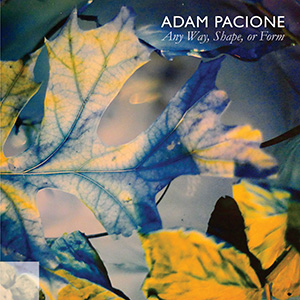 Austin based composer and photographer Adam Pacione's recorded work has been largely digital over the past 10 years or so, which makes this lavish four disc collection all the more significant. Any Way, Shape, or Form complies 2009's Still Life series of subscription only 3" CDRs alongside some other unreleased and rare material from the same era, based around material recorded between 1999 and 2009. In some ways the box is a massive undertaking, though split into comfortably bite sized pieces that perfectly capture Pacione's brand of unique ambient work, it is enjoyable in any listening arrangement.
Austin based composer and photographer Adam Pacione's recorded work has been largely digital over the past 10 years or so, which makes this lavish four disc collection all the more significant. Any Way, Shape, or Form complies 2009's Still Life series of subscription only 3" CDRs alongside some other unreleased and rare material from the same era, based around material recorded between 1999 and 2009. In some ways the box is a massive undertaking, though split into comfortably bite sized pieces that perfectly capture Pacione's brand of unique ambient work, it is enjoyable in any listening arrangement.

 It has admittedly been a while since I have actively followed this German composer's work, but his 2001 debut album (In Moll) spent quite some time in heavy rotation for me during the early 2000s dub- and ambient-techno boom. In more recent years, Guentner has jettisoned the "techno" part of his previous aesthetic and devoted himself to an acclaimed run of space-inspired ambient opuses on LA's A Strangely Isolated Place. Accordingly to Guentner, Extropy "marks the final chapter in an accidental triptych of astronomy-related exploratory albums" that began with 2015's Theia.  While the previous two epics in the series drew conceptual inspiration from the birth of the moon and the earth's relation to the largely unknown and possibly infinite universe, this latest release focuses on "the indefinite growth of the life we hold so dearly." More specifically, Guentner was fascinated by "a pseudoscientific prediction that human intelligence and technology will enable life to expand in an orderly way throughout the entire universe." While I personally expect nothing but entropy instead and note that this album has more of an elegiac feel than an optimistic one, there is no denying that Guenter knows how to make an absorbing and beautifully crafted album. In fact, he may be a bit too good at it, as Extropy would be a bit more memorable if he allowed more sharp edges and eccentricities to creep into his art. That said, this album still seems like it would be one hell of a challenge to top as far as billowing ambient cloudscapes are concerned.
It has admittedly been a while since I have actively followed this German composer's work, but his 2001 debut album (In Moll) spent quite some time in heavy rotation for me during the early 2000s dub- and ambient-techno boom. In more recent years, Guentner has jettisoned the "techno" part of his previous aesthetic and devoted himself to an acclaimed run of space-inspired ambient opuses on LA's A Strangely Isolated Place. Accordingly to Guentner, Extropy "marks the final chapter in an accidental triptych of astronomy-related exploratory albums" that began with 2015's Theia.  While the previous two epics in the series drew conceptual inspiration from the birth of the moon and the earth's relation to the largely unknown and possibly infinite universe, this latest release focuses on "the indefinite growth of the life we hold so dearly." More specifically, Guentner was fascinated by "a pseudoscientific prediction that human intelligence and technology will enable life to expand in an orderly way throughout the entire universe." While I personally expect nothing but entropy instead and note that this album has more of an elegiac feel than an optimistic one, there is no denying that Guenter knows how to make an absorbing and beautifully crafted album. In fact, he may be a bit too good at it, as Extropy would be a bit more memorable if he allowed more sharp edges and eccentricities to creep into his art. That said, this album still seems like it would be one hell of a challenge to top as far as billowing ambient cloudscapes are concerned.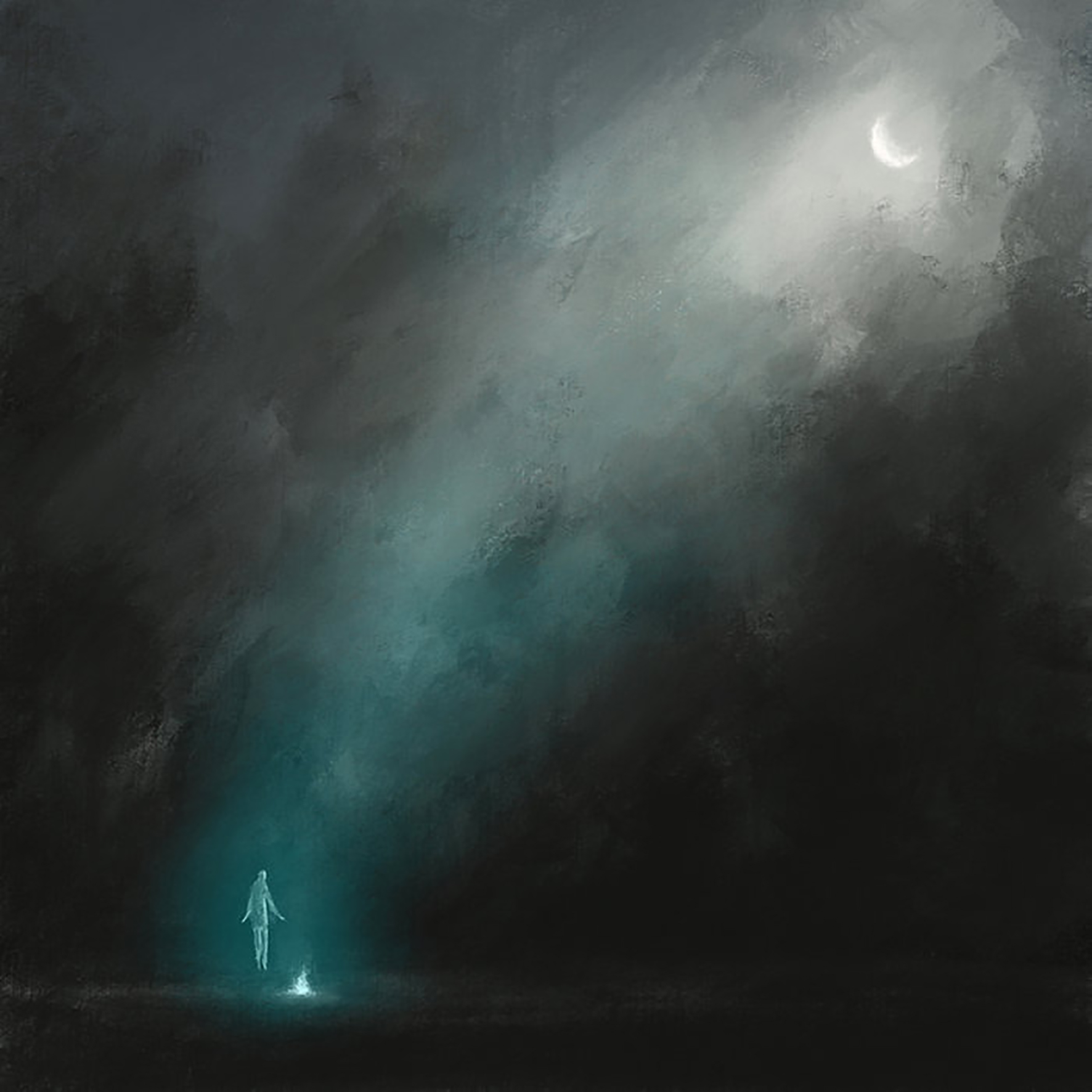 This is the second album from Slovakian neo-classical composer Lukáš Bulko and his first for Lost Tribe Sound (Ceremony is part of the label's "Salt & Gravity" series). Fittingly, Lost Tribe's Ryan Keane was introduced to Bulko’s work by William Ryan Fritch, as the two artists occupy a similar blurry stylistic nexus where film score, classical composition, ambient music, and experimentation meet with oft-unique results. In short, this is a quintessential Lost Tribe Sound album, as Bulko's unusual compositional approach and eclectic choice of instruments elevate this album into something considerably more compelling than most neo-classical albums that find their way to my ears. In that regard, the epic "In The Service of Life" is Ceremony's mesmerizing centerpiece, as Bulko inventively enlivens warm ambient drones with out-of-focus smears of dissonance, gurgling didgeridoo, and surprisingly prominent jaw harp twangs. While not quite everything on Ceremony ascends to the same level, the handful of pieces where Bulko is truly inspired are quite revelatory, as he is in a class by himself as far as compositional fluidity is concerned.
This is the second album from Slovakian neo-classical composer Lukáš Bulko and his first for Lost Tribe Sound (Ceremony is part of the label's "Salt & Gravity" series). Fittingly, Lost Tribe's Ryan Keane was introduced to Bulko’s work by William Ryan Fritch, as the two artists occupy a similar blurry stylistic nexus where film score, classical composition, ambient music, and experimentation meet with oft-unique results. In short, this is a quintessential Lost Tribe Sound album, as Bulko's unusual compositional approach and eclectic choice of instruments elevate this album into something considerably more compelling than most neo-classical albums that find their way to my ears. In that regard, the epic "In The Service of Life" is Ceremony's mesmerizing centerpiece, as Bulko inventively enlivens warm ambient drones with out-of-focus smears of dissonance, gurgling didgeridoo, and surprisingly prominent jaw harp twangs. While not quite everything on Ceremony ascends to the same level, the handful of pieces where Bulko is truly inspired are quite revelatory, as he is in a class by himself as far as compositional fluidity is concerned.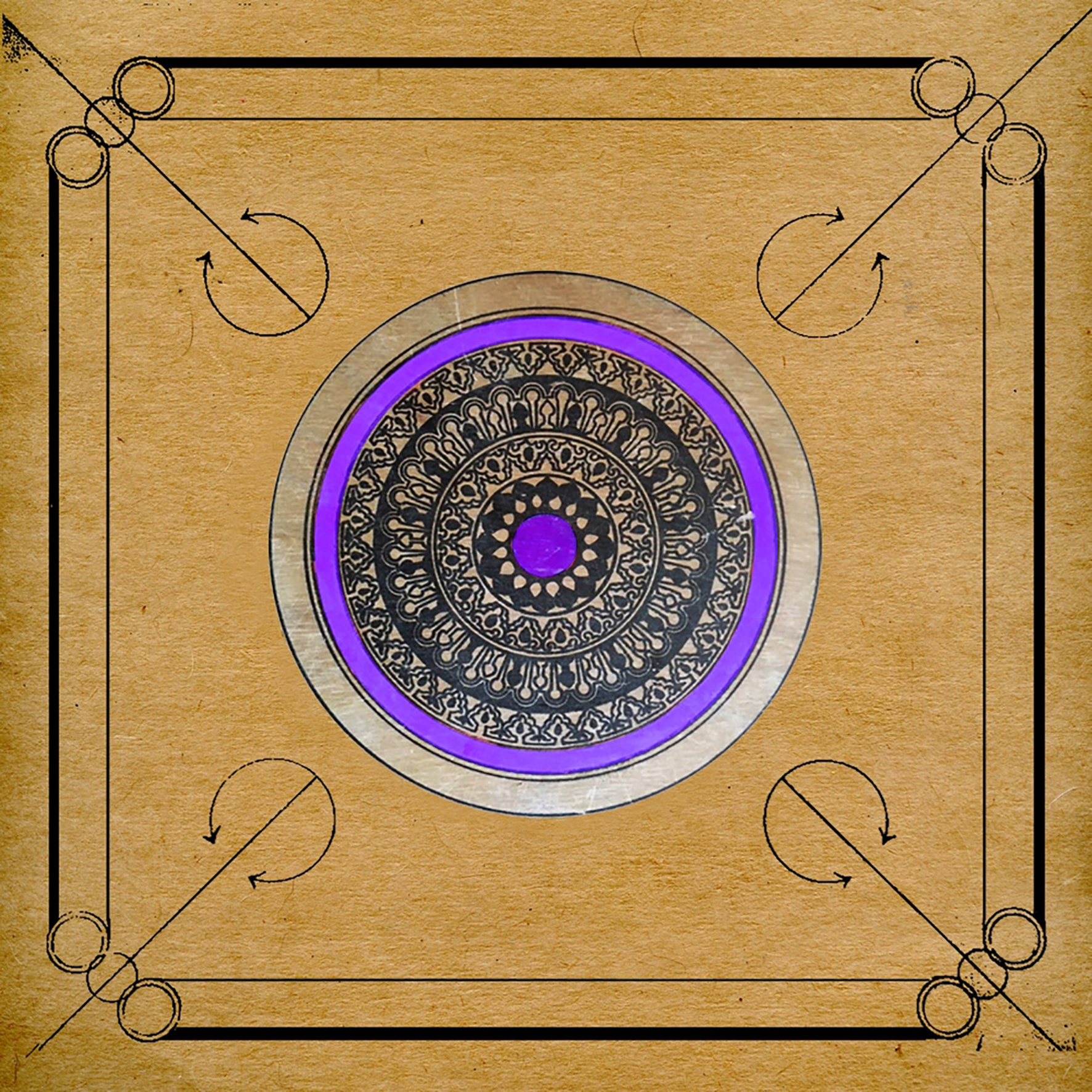 This is one of those albums that is likely destined to instantly become some kind of sought-after cult classic, which is amusingly common territory for both of the artists involved. In any case, The Universal Veil is entirely new to me, which makes a lot of sense in some ways (as far as Discogs and Bandcamp are concerned, the project does not exist) and does not make any sense at all in others (Helios/Hind basically checks every single possible box for "things I like"). As far as I can tell, however, Hood Faire's David Chatton Barker and Sam McLoughlin (Samandtheplants, Tongues of Light, etc.) have been performing live together for years under this guise and this album is something of a culminating event for the project, as the duo have collaged fragments of their past performances into a hallucinatory full-length of ravaged lo-fi tape experiments and something akin to "ethnological forgeries" like Harappian Night Recordings' classic The Glorious Gongs Of Hainuwele (or a chopped and screwed trip through the more outré side of Sublime Frequencies discography). Needless to say, that means Helios/Hind sets a course quite far out into the shadowy psychedelic fringes, which is exactly what I would hope for when two artists this singular come together.
This is one of those albums that is likely destined to instantly become some kind of sought-after cult classic, which is amusingly common territory for both of the artists involved. In any case, The Universal Veil is entirely new to me, which makes a lot of sense in some ways (as far as Discogs and Bandcamp are concerned, the project does not exist) and does not make any sense at all in others (Helios/Hind basically checks every single possible box for "things I like"). As far as I can tell, however, Hood Faire's David Chatton Barker and Sam McLoughlin (Samandtheplants, Tongues of Light, etc.) have been performing live together for years under this guise and this album is something of a culminating event for the project, as the duo have collaged fragments of their past performances into a hallucinatory full-length of ravaged lo-fi tape experiments and something akin to "ethnological forgeries" like Harappian Night Recordings' classic The Glorious Gongs Of Hainuwele (or a chopped and screwed trip through the more outré side of Sublime Frequencies discography). Needless to say, that means Helios/Hind sets a course quite far out into the shadowy psychedelic fringes, which is exactly what I would hope for when two artists this singular come together.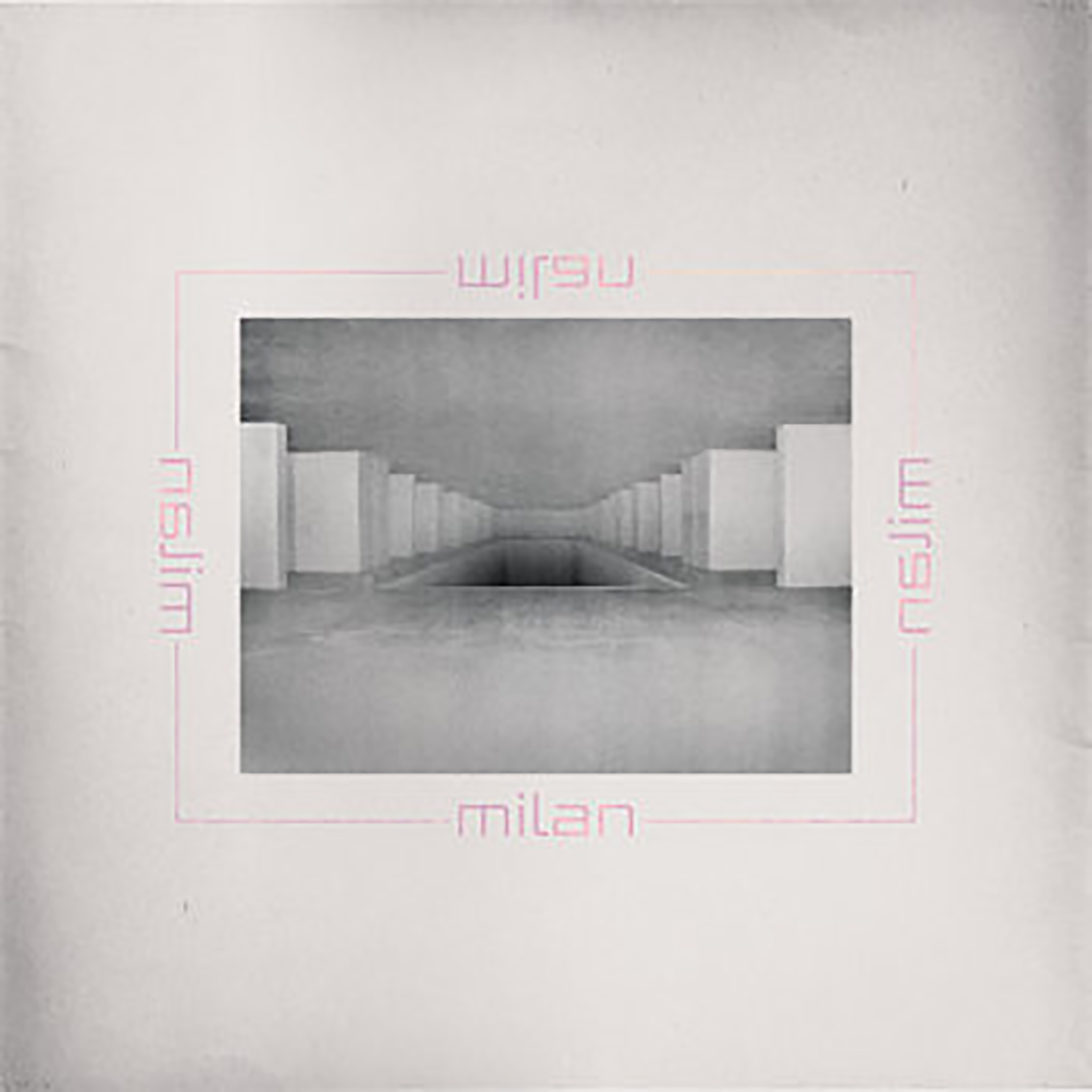
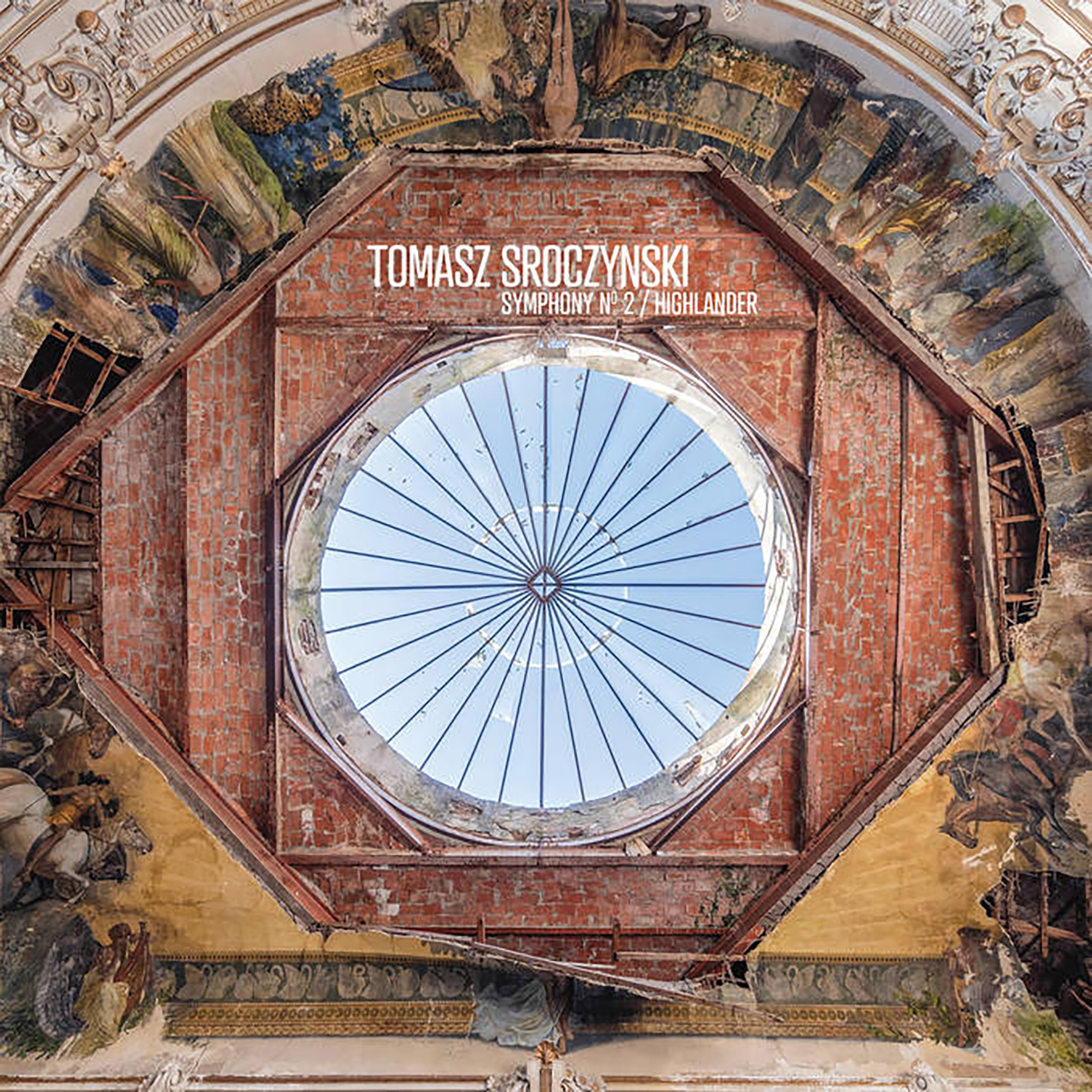 This album was my first exposure to this Polish composer, but this appears to be his sixth album if I include his improv trio and his collaborations. Also, it is the second symphony that he has composed (the first being 2017's Resurrection). Some of his past albums are a bit closer to my own weird/experimental sensibility (Primal and Ajulella, for example), but Symphony n°2 / Highlander is a more straightforward modern classical release and it is one hell of a great one. Or perhaps it would be more accurate to say that Highlander is composed of three very good pieces and one absolutely brilliant one. Naturally, that one absolutely brilliant piece ("Moderato Pastorale") is the best reason to seek this album out, but as the album description notes, "Tomasz Sroczynski is a symphony in his own right." Hyperbole aside, Sroczynski is indeed a genuinely fascinating composer, seamlessly combining influences as disparate as Arvo Pärt, experimental improv, and strains of both classic Detroit techno and contemporary German minimalist techno.
This album was my first exposure to this Polish composer, but this appears to be his sixth album if I include his improv trio and his collaborations. Also, it is the second symphony that he has composed (the first being 2017's Resurrection). Some of his past albums are a bit closer to my own weird/experimental sensibility (Primal and Ajulella, for example), but Symphony n°2 / Highlander is a more straightforward modern classical release and it is one hell of a great one. Or perhaps it would be more accurate to say that Highlander is composed of three very good pieces and one absolutely brilliant one. Naturally, that one absolutely brilliant piece ("Moderato Pastorale") is the best reason to seek this album out, but as the album description notes, "Tomasz Sroczynski is a symphony in his own right." Hyperbole aside, Sroczynski is indeed a genuinely fascinating composer, seamlessly combining influences as disparate as Arvo Pärt, experimental improv, and strains of both classic Detroit techno and contemporary German minimalist techno.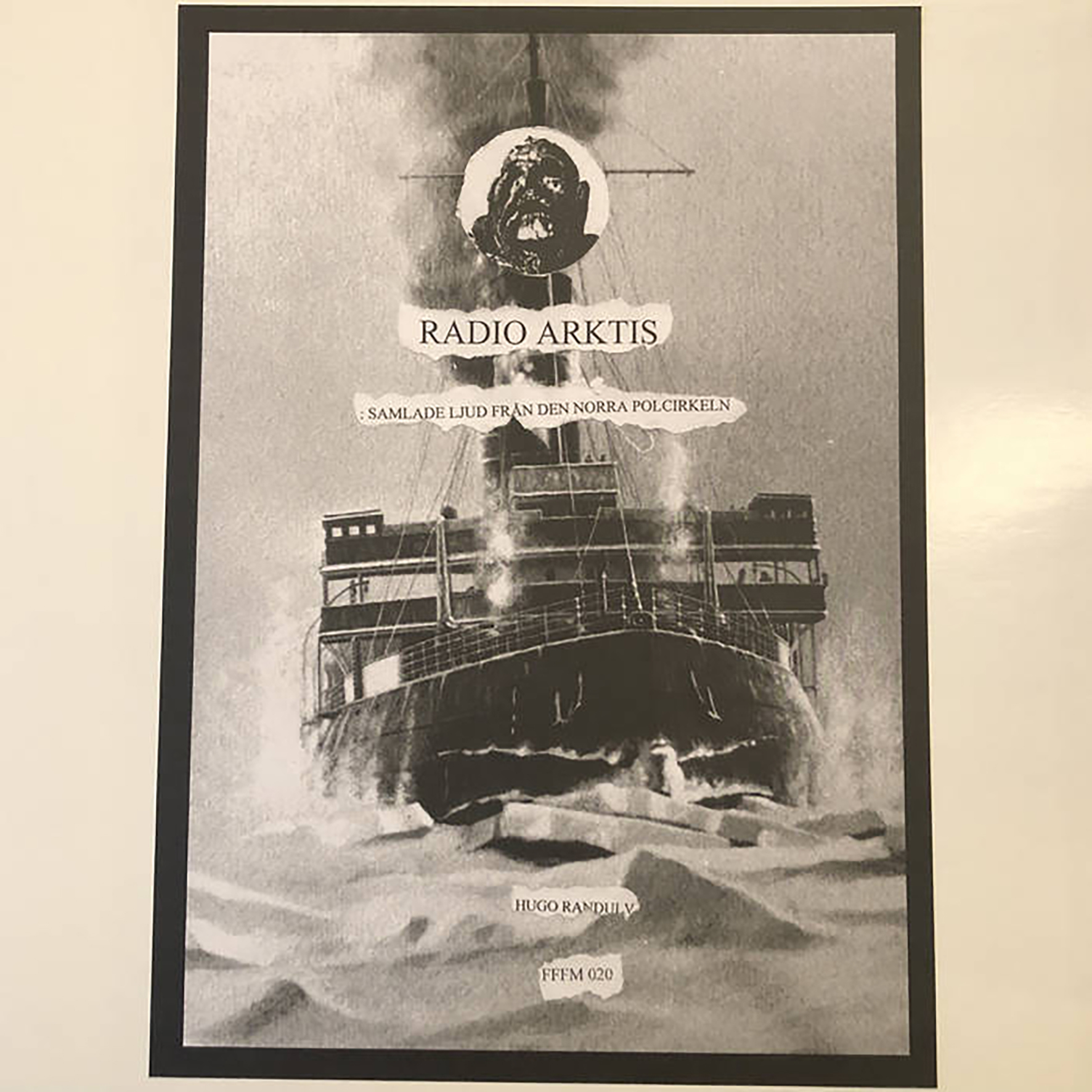 Bandcamp recently published a feature on one of my favorite subjects (the Gothenburg Underground) and it turned me onto this solo release from an artist they dubbed "the closest you'll get to a traditional musician in the Enhet För Fri Musik circle." That is no doubt accurate, as Randulv has been the guitarist in a couple of popular Swedish indie rock bands (Westkust and Makthaverskan) that bear zero resemblance to the outsider folk of Enhet För Fri Musik, but I am sure literally everyone in that collective has extracurricular interests that would surprise me (they are quite an interesting bunch, after all). In any case, the more ambient Radio Arktis is another outlier of sorts, though it is one still creatively indebted to the Gotherberg free music milieu. Randulv notes that the album was inspired by "a dream that one of us had, that we were going to make an imaginary soundtrack to every place on Earth." While the album's title ("Collected Sounds From The Arctic Circle") offers an explicit clue about the first place he chose to soundtrack, Randulv consciously opted for a more "beautiful and bright" aesthetic than I would normally associate with arctic-inspired ambiance. At its best, Radio Arktis carves out a beautiful and distinctive ambient/drone niche that gives Randulv's field recordings and more experimental tendencies fertile soil in which to subtly blossom.
Bandcamp recently published a feature on one of my favorite subjects (the Gothenburg Underground) and it turned me onto this solo release from an artist they dubbed "the closest you'll get to a traditional musician in the Enhet För Fri Musik circle." That is no doubt accurate, as Randulv has been the guitarist in a couple of popular Swedish indie rock bands (Westkust and Makthaverskan) that bear zero resemblance to the outsider folk of Enhet För Fri Musik, but I am sure literally everyone in that collective has extracurricular interests that would surprise me (they are quite an interesting bunch, after all). In any case, the more ambient Radio Arktis is another outlier of sorts, though it is one still creatively indebted to the Gotherberg free music milieu. Randulv notes that the album was inspired by "a dream that one of us had, that we were going to make an imaginary soundtrack to every place on Earth." While the album's title ("Collected Sounds From The Arctic Circle") offers an explicit clue about the first place he chose to soundtrack, Randulv consciously opted for a more "beautiful and bright" aesthetic than I would normally associate with arctic-inspired ambiance. At its best, Radio Arktis carves out a beautiful and distinctive ambient/drone niche that gives Randulv's field recordings and more experimental tendencies fertile soil in which to subtly blossom.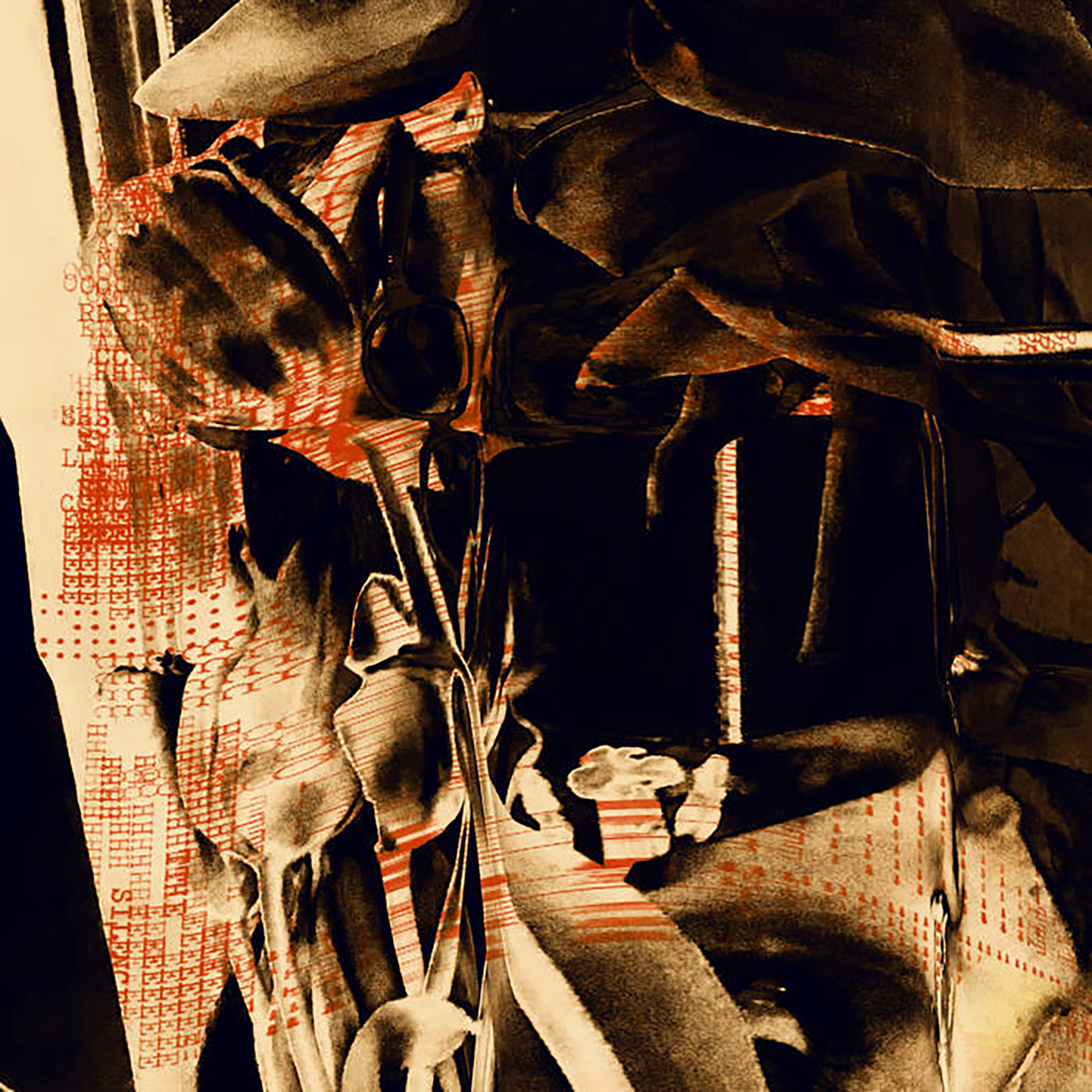 I believe this is the third album from this Vienna-based duo, but it has been a while (eight years) since they last released anything and they are entirely new to me. Rdeča Raketa is a collaboration between composer/double bassist Matija Schellander and Slovenian singer/artist/force of nature Maja Osojnik and they achieve quite a memorable and compelling collision of aesthetics. At its best, ...and cannot reach the silence feels like a Weimar-era cabaret, a killer noise/industrial show, and gripping performance art all beautifully mashed together. While that seems like an aesthetic that should not work (like Marlene Dietrich fronting Throbbing Gristle), the execution is so masterful that Schellander and Osojnik make that unholy union seem perfectly natural. Admittedly, the train occasionally derails a little bit or a song might take an exasperatingly long time to catch fire, but the album's minor flaws feel completely irrelevant when everything locks in place and Osojnik starts seductively singing and ranting like a classic femme fatale diva gone feral. Given that, Osojnik's magnetic vocal presence is understandably the focal point of the album, but it is also worth noting that the pair are unusually good at crafting wonderfully heavy and gnarled industrial rhythms. This is easily one of the year's most memorable albums.
I believe this is the third album from this Vienna-based duo, but it has been a while (eight years) since they last released anything and they are entirely new to me. Rdeča Raketa is a collaboration between composer/double bassist Matija Schellander and Slovenian singer/artist/force of nature Maja Osojnik and they achieve quite a memorable and compelling collision of aesthetics. At its best, ...and cannot reach the silence feels like a Weimar-era cabaret, a killer noise/industrial show, and gripping performance art all beautifully mashed together. While that seems like an aesthetic that should not work (like Marlene Dietrich fronting Throbbing Gristle), the execution is so masterful that Schellander and Osojnik make that unholy union seem perfectly natural. Admittedly, the train occasionally derails a little bit or a song might take an exasperatingly long time to catch fire, but the album's minor flaws feel completely irrelevant when everything locks in place and Osojnik starts seductively singing and ranting like a classic femme fatale diva gone feral. Given that, Osojnik's magnetic vocal presence is understandably the focal point of the album, but it is also worth noting that the pair are unusually good at crafting wonderfully heavy and gnarled industrial rhythms. This is easily one of the year's most memorable albums.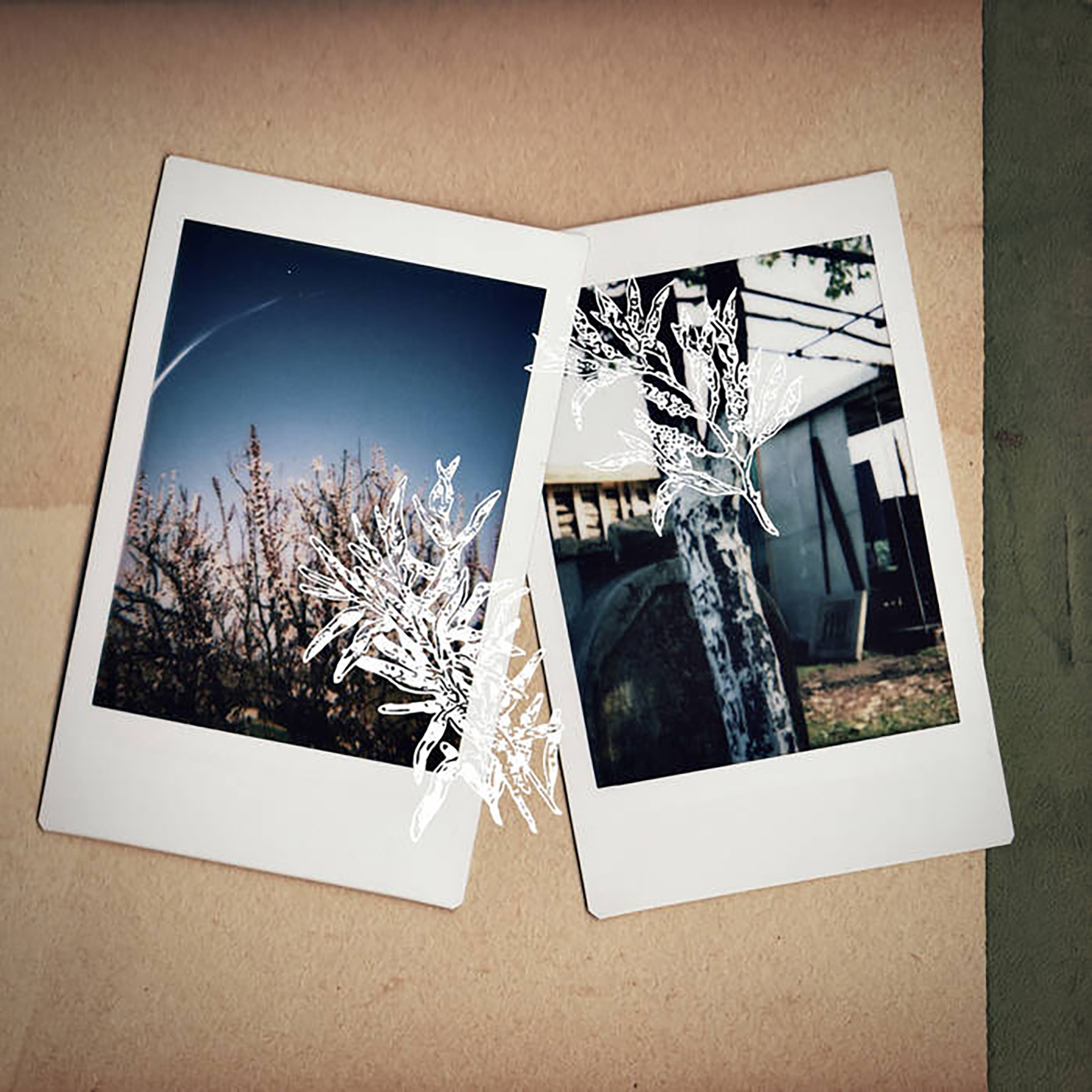 This prolific ambient project from Italian guitarist M. Beckmann has been a fascination of mine for a couple of years now and I have been patiently waiting for an appropriately excellent major new release to cover. This double album from June fits the bill quite nicely, though Beckmann has since released a trilogy of pieces entitled "Late Summer, Interior" that are similarly lovely. According to Beckmann, these four lengthy pieces are "a very condensed display" of how he is coping with the "pressure, stress, and fear around the corner" as "cities burst with life and everybody is eager to live a life that resembles normality." Stylistically, that coping manifests itself as a gorgeous strain of "rural ambient" akin to Benoit Pioulard's more bleary and blurred ambient work (Beckmann cites Boards of Canada as a big influence), but with some wonderful enhancements from field recordings and processed guitars. I am tempted to call it "shoegaze-damaged," but Beckmann generally achieves his sublime, flickering beauty without ever stomping a distortion pedal. I also dearly wish there was a more appropriate term for music in this vein than "ambient," as Beckmann’s strongest work brings a poetry and intimacy to the form that is every bit as transcendent as masters like Andrew Chalk.
This prolific ambient project from Italian guitarist M. Beckmann has been a fascination of mine for a couple of years now and I have been patiently waiting for an appropriately excellent major new release to cover. This double album from June fits the bill quite nicely, though Beckmann has since released a trilogy of pieces entitled "Late Summer, Interior" that are similarly lovely. According to Beckmann, these four lengthy pieces are "a very condensed display" of how he is coping with the "pressure, stress, and fear around the corner" as "cities burst with life and everybody is eager to live a life that resembles normality." Stylistically, that coping manifests itself as a gorgeous strain of "rural ambient" akin to Benoit Pioulard's more bleary and blurred ambient work (Beckmann cites Boards of Canada as a big influence), but with some wonderful enhancements from field recordings and processed guitars. I am tempted to call it "shoegaze-damaged," but Beckmann generally achieves his sublime, flickering beauty without ever stomping a distortion pedal. I also dearly wish there was a more appropriate term for music in this vein than "ambient," as Beckmann’s strongest work brings a poetry and intimacy to the form that is every bit as transcendent as masters like Andrew Chalk. I have been quite keen to hear just about everything that this Norwegian saxophonist releases since he damn near stole the show on Caterina Barbieri’s Fantas Variations earlier this year. Thus far, I have yet to be disappointed and this latest solo release beautifully continues Giske's ascendance as one of the most compelling saxophonists on earth. When I first heard Cracks, it reminded me of Pauline Oliveros's hugely influential Deep Listening, as much of it feels like a killer sax solo reverberating around a vast subterranean space leaving dreamlike ghost trails in its wake. As it turns out, that is a masterful illusion, as Giske got to the same place in a very different way (and with very different conceptual inspirations). One of those inspirations was José Esteban Muñoz’s Cruising Utopia, which suggests that "queerness must strive towards futurity." A healthy portion of Cracks' futurity was provided by producer/collaborator André Bratten, as the album was recorded in "the new 'resonant' space of Bratten's reactive studio tuned to his original sounds." The album's description further notes that Cracks brings Giske "one step closer to the man-machine," but the beauty of the album for me lies in how effectively he combines intimate intensity with hypnotically repeating patterns.
I have been quite keen to hear just about everything that this Norwegian saxophonist releases since he damn near stole the show on Caterina Barbieri’s Fantas Variations earlier this year. Thus far, I have yet to be disappointed and this latest solo release beautifully continues Giske's ascendance as one of the most compelling saxophonists on earth. When I first heard Cracks, it reminded me of Pauline Oliveros's hugely influential Deep Listening, as much of it feels like a killer sax solo reverberating around a vast subterranean space leaving dreamlike ghost trails in its wake. As it turns out, that is a masterful illusion, as Giske got to the same place in a very different way (and with very different conceptual inspirations). One of those inspirations was José Esteban Muñoz’s Cruising Utopia, which suggests that "queerness must strive towards futurity." A healthy portion of Cracks' futurity was provided by producer/collaborator André Bratten, as the album was recorded in "the new 'resonant' space of Bratten's reactive studio tuned to his original sounds." The album's description further notes that Cracks brings Giske "one step closer to the man-machine," but the beauty of the album for me lies in how effectively he combines intimate intensity with hypnotically repeating patterns.
